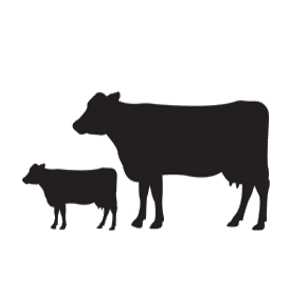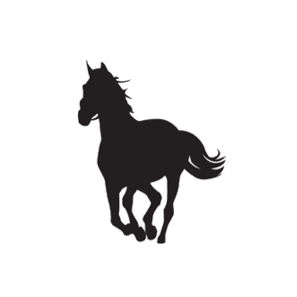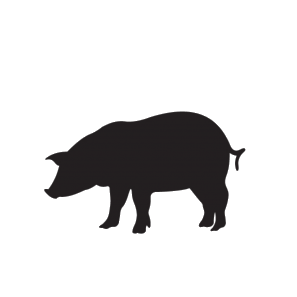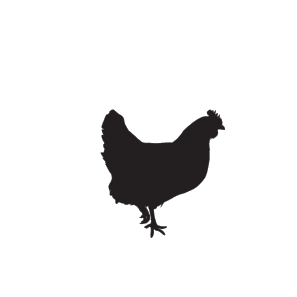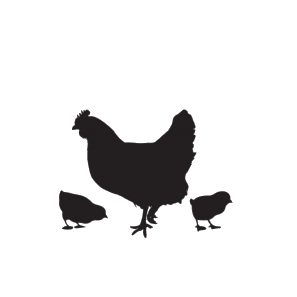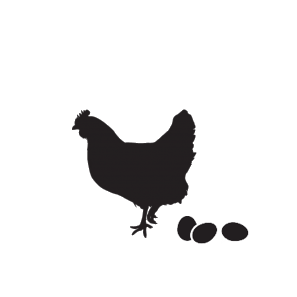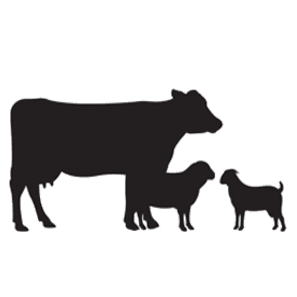Dr Vlok Ferreira, National Technical Manager – Ruminants, of RCL Foods, Molatek and Epol, attended the Agri-Expo on Friday the 12th of October to present a talk on “Factors that influence cow productivity”. He discussed the importance of understanding cow productivity, highlighting that productivity in beef cattle can be measured as kg per calf weaned; per livestock unit mated. (KgC/LSU). Dr Ferreira also noted that implementing an effective replacement heifer program may be a big challenge for beef cattle farmers, and is a challenge that needs to be addressed.
The topics that were covered include:
- Heritable traits that can influence cow productivity
- How improving cow productivity reduces environmental impact
- Effect of sexual maturity on productivity
- Effect of body weight and body condition on conception rate
Here we discuss reaching sexual maturity at the right age, and what effects it will have on productivity, as well as factors that influence it. The age at which cows become sexually mature is very important when accounting for productivity, as we want them to calf as close to 2 years of age as possible.
Age at which puberty is reached
Age, weight and breed all have an impact on the age at which a heifer will reach puberty.
Age: The goal of many producers is to have heifers calf for the first time at 2 years of age. For this to happen, the heifer should reach puberty at 12 – 15 months of age. This will also depend on the breed of the cow. European breeds should reach puberty at the age of 12 months, where breeds in South Africa generally reach puberty at the age of 14 – 15 months.
Weight: Weight is the factor that most influences puberty, and a heifer will reach puberty when she weighs 65-70% of her potential mature weight.
Breed: Larger, late maturing breed will reach puberty at later stage than early maturing breeds, and will generally have a calving age of 27 months rather than 24 months. The average weight will differ for each breed.
Heifer weight as a result of breed
| Breed | Mature Weight | Minimum Weight |
| Bonsmara | 492 kg | 320 kg |
| Beefmaster | 498 kg | 324 kg |
| Brangus | 465 kg | 302 kg |
| Simbra | 534 kg | 347 kg |
| Charolais | 590 kg | 383 kg |
| Nguni | 365 kg | 237 kg |
| Santa Getrudis | 489 kg | 318 kg |
Age at first heat
Heifers need to have an average daily gain of 800g/day from weaning to first service, or have a total gain of 115-160 kg during the first winter — approximately 200 days.
For most breeds, this means that the cross-breed heifers need to weigh between 295 and 385 kg.
Age of 1st heat cycle on 2 levels of weight gain
| 360 g/day gain | 12 months old | 13 months old | 14 months old | 15 months old |
| Angus | 0 | 0 | 33 | 82 |
| Hereford | 11 | 22 | 33 | 38 |
| Crossbreed | 0 | 12 | 68 | 85 |
| 730 g/day gain | 12 months old | 13 months old | 14 months old | 15 months old |
| Angus | 30 | 58 | 100 | 100 |
| Hereford | 12 | 50 | 100 | 100 |
| Crossbreed | 18 | 76 | 94 | 94 |
The above tables indicate the ages from 12 to 15 months, the average daily gain, and the resulting percentage of heifers from Angus breed, Hereford breed, and the Angus-Hereford cross-breed progeny that reached their first heat cycle. It is important to note that crossbreeds will reach maturity at an earlier age than either of the parent breeds.
The conclusion that we can draw from these two tables is that heifers who have a greater daily gain will reach maturity at a younger age than heifers who do not have a sufficient enough daily gain.
Age at 1st calving
Heifers that calve at the age of 2 years and then calves every following year, will produce 330 kg more weaned calf weight than if they calved for the first time at 3 years of age.
The main conclusion that we can draw from the above discussion is that cows should reach an optimal weight in order to reach puberty in a timely manner, but that breed effects will have a large influence in what this weight should be. Crossbreeds are optimal in this case as they reach puberty faster than parental breeds.
The last fact that we can draw from this is that a cow that calves for the first time at the age of 2 years will have an increased productivity of 330 kg weaned calf weight than if she calves at a later age.
For more information visit our Epol or Molatek websites or contact Dr Vlok Ferreira at Vlok.Ferreira@rclfoods.com
Read part 4 (Effect of body weight and body condition on conception rate) here.




